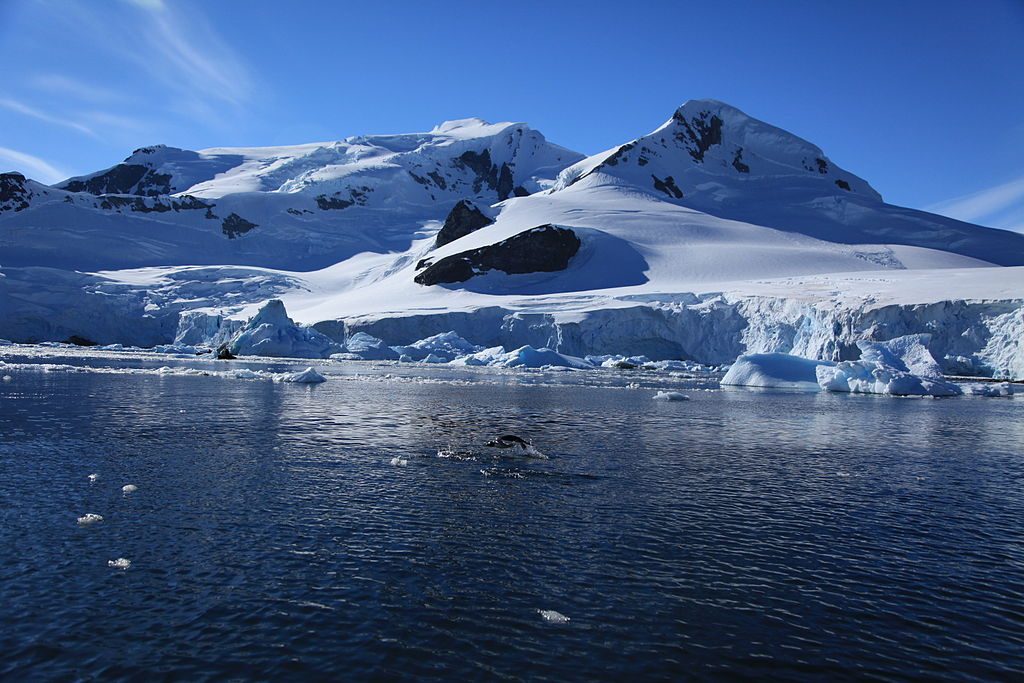
Scientists in Antarctica have accessed a lake buried under more than 3,500 feet of ice. The Subglacial Antarctic Lakes Scientific Access (SALSA) researchers drilled into the Mercer Subglacial Lake on Dec. 26 after about two days of drilling. The first instrument was sent down a borehole the next day.
The Mercer Subglacial Lake lies more 3000 feet beneath the Whillans Ice Plain, part of the West Antarctic Ice Sheet. The body of water is roughly twice the size of Manhattan at nearly 62 square miles. Despite temperatures that are considerably below freezing, the lake remains liquid due to the intense pressure from the ice above. The researchers believe the lake could be as much as 50 feet deep.
The team, which included 45 scientists, drillers and other staff members, melted their way through to the lake with a high-pressure, hot-water drill. They plan to spend at least eight days sampling the lake’s water and sediment. A remotely operated vehicle will be lowered into the hole to capture more footage and take more extensive measurements. It is hoped the ROV’s three video cameras might capture images of animals that live in the depths.
According to the scientists, this is only the second time that this type of project has been accomplished. The only other subglacial lake humans have drilled into was the nearby Lake Whillans, first accessed in 2013. That project showed that these types of extreme environments can host a wide variety of microbial life.
The purpose of the Mercer Subglacial Lake study is to gain more information about the life that exists thousands of feet beneath ice. John Priscu, a lake ecologist at Montana State University in Bozeman, is leading the project. The researchers plan to collect samples of water and microbial DNA, as well as ice from the top of the lake and sediment from the bottom. It will take years to study all the samples they collect.
